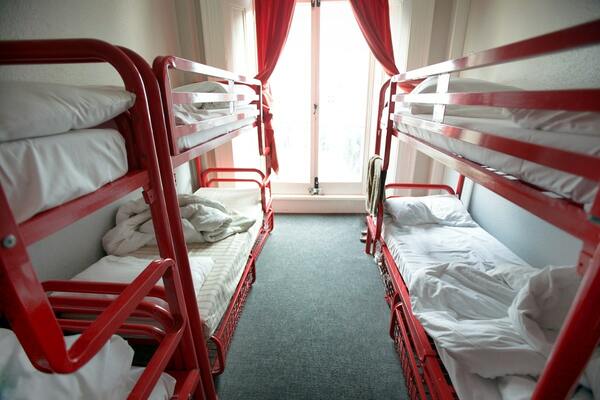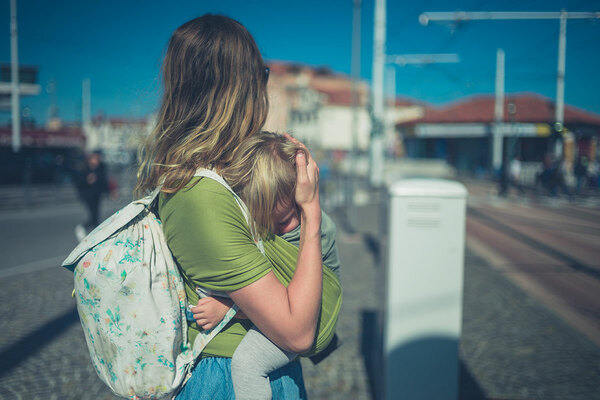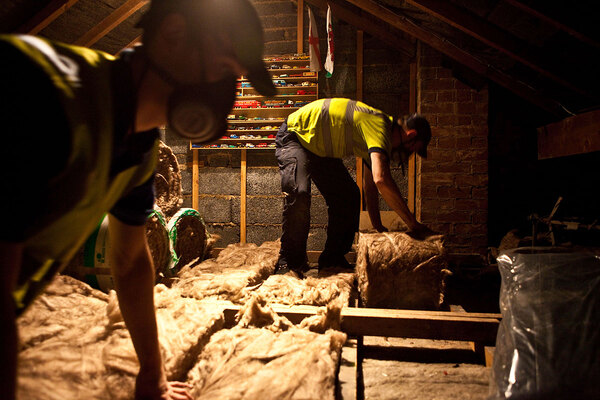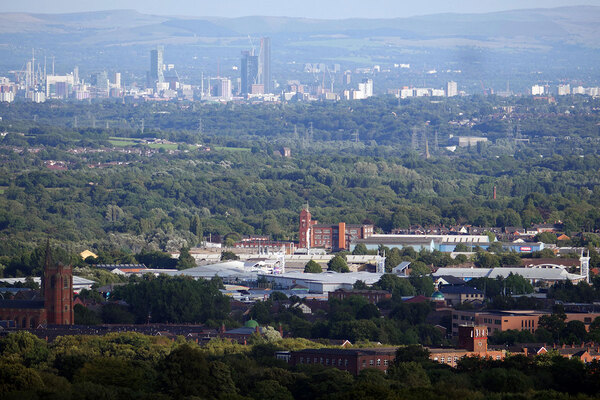One in four households living in temporary accommodation moved to different council area
More than a quarter of households currently living in temporary accommodation have been moved away from the local authority that they first became homeless in, latest government statistics have shown.

Of the 93,490 households living in temporary accommodation at the end of September last year, 25,930 (28%) were living in a local authority that was different to the one they submitted a homelessness application in.
The percentage of homeless households being placed in temporary accommodation outside of their own council area has been particularly acute over the past five years. It has more than doubled over the past decade, with just 13% of households being placed outside of their home authority in 2011.
Those who appear to a council as homeless in London are more than twice as likely to be placed in temporary accommodation outside their own borough.
Almost a third (31%) of Londoners living in temporary accommodation are placed outside of their local authority area, compared with 13% for the rest of England.
After London, homeless people in the North West are most likely to be placed in temporary accommodation outside of their council area (19%), followed by the South East (15%) and the South West (14%).
Many London councils have increasingly resorted to placing those who approach them as homeless in accommodation outside of their local authority, blaming a lack of accommodation within their own area.
Meanwhile, a number of councils on the outskirts of London, such as Harlow, have seen an increase in the number of homeless people being placed in accommodation in their local authority area by other councils.
Last year, an investigation by the Local Government and Social Care Ombudsman found that a homeless man was forced to quit his job after Merton Council placed him in temporary accommodation three hours away in Birmingham.
In June last year, the number of households living in temporary accommodation hit 98,260, the highest number recorded since 2005.
By the end of September the number had reduced to 93,490, which is still almost double the number recorded in 2010, when temporary accommodation use was at its lowest in recent times.
Of the 93,490 people currently living in temporary accommodation, 15,990 (17%) are living in B&Bs or hostels.
Sign up for our homelessness bulletin
Already have an account? Click here to manage your newsletters












